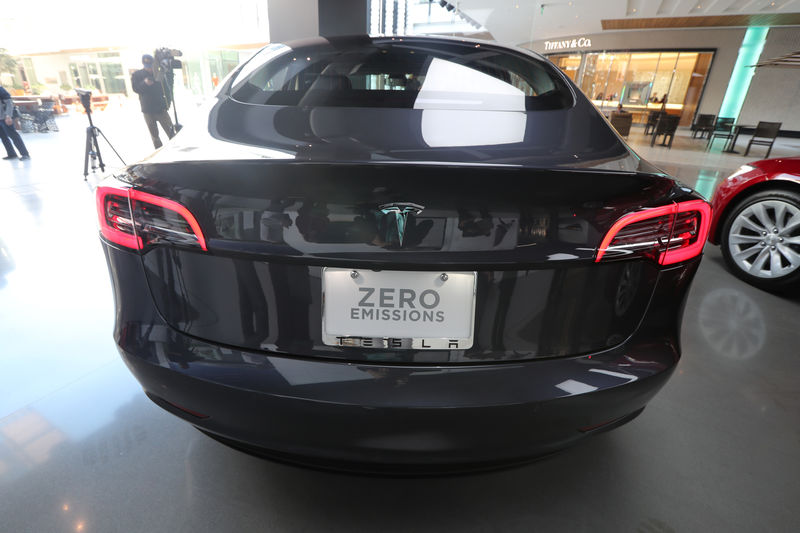By Michael Elkins
In October of 2021, Tesla (NASDAQ:TSLA) began a wide release of its FSD beta, only accessible to Tesla drivers who achieved a 100/100 on a proprietary safety scoring system. However, in November 2022, the FSD beta was opened to all North American owners who had purchased the option, regardless of safety score. Now the safety score is mainly used by the company to determine monthly premiums for its Tesla Insurance.
Friday, Tesla launched its Safety Score 2.0, a new version of its driver scoring system to attempt to make it fairer as it influences insurance costs.
Previously, the EV maker told customers that they should not drive between 10 PM and 4 AM because "a dangerous driving environment" could statistically be encountered more often than during daytime. Tesla insurance users who must regularly drive at night were complaining that they had to pay higher premiums. It looks like Tesla is trying to address that with the change to late-night driving hours. The new version of the safety score still has this caveat, but the impact on your Safety Score is now reduced earlier in the night and increased later in the night.
The company also added Excessive Speeding as a new Safety Factor. More time spent driving over 85 mph will lead to a lower Safety Score. They also added unbuckled driving as a new factor. time spent driving over 10 mph without buckling the driver’s seatbelt will lead to a lower Safety Score.
Tesla made a change to the Hard Braking Safety Factor. Now, customers won't be penalized when they apply more pressure on the brake pedal to stop when the vehicle detects a yellow traffic light.
Finally, another modification brought forward by Safety Score 2.0 is that when you buy Tesla Insurance, the premium is calculated based on your own estimated mileage for the first two months. Starting with the third month, the actual mileage driven in the past six months will be used to establish your premium.
Shares of TSLA are down 1.22% in mid-day trading on Friday.
